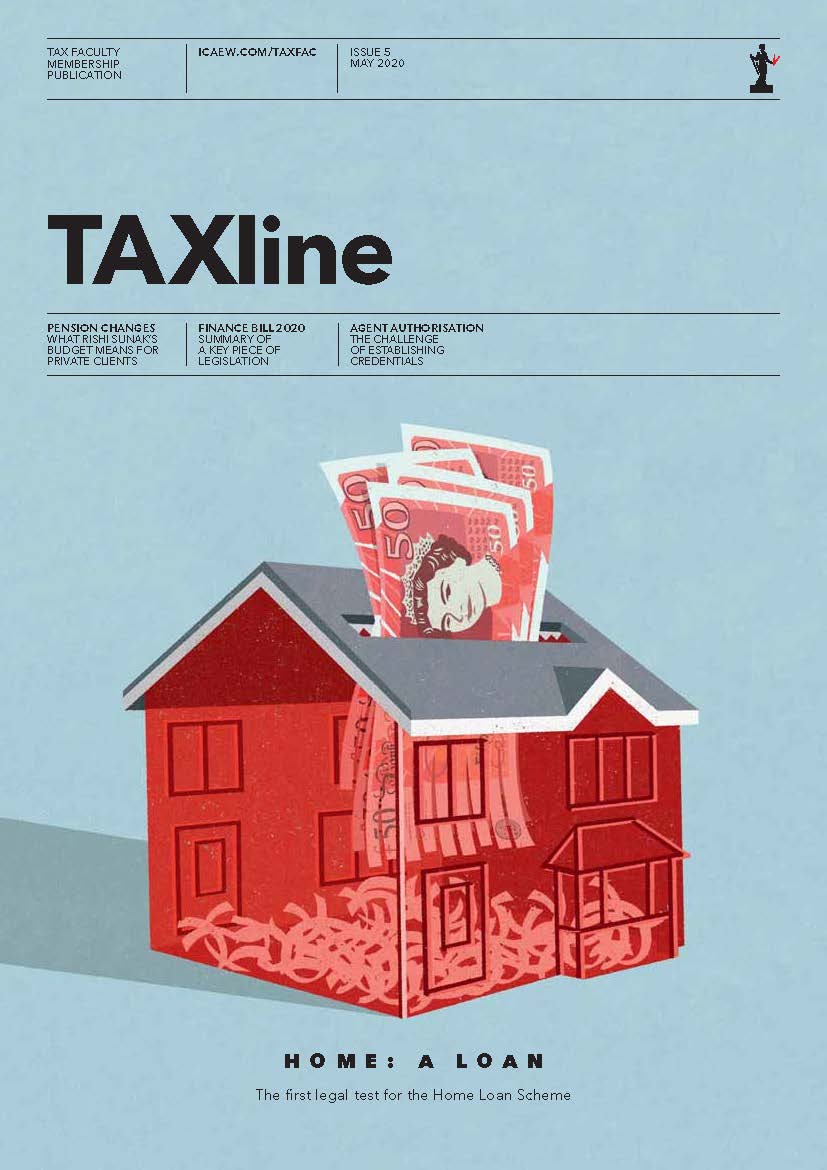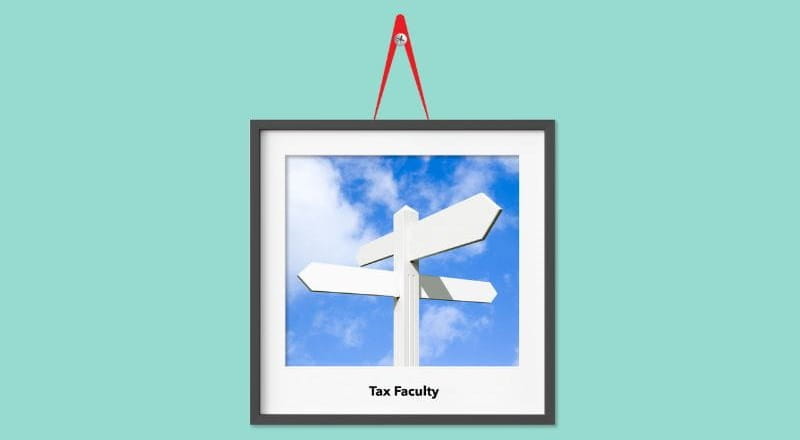The Tax Faculty shares its observations on some of the items in the latest Employer Bulletin (EB). For convenience, this is in the order in which they appear in EB, but there are many other articles not included in the list below.
Basic PAYE Tools (BPT): an update for 2022/23 will be released at the end of March. EB contains several reminders about the new version. For example, be sure to update to and use version 22.0 from 6 April 2022 and ensure that operating systems can run 64-bit (rather than 32-bit) applications.
We have observed a difference between HMRC’s instructions for how to calculate Class 1 NIC in payroll technical specifications EB5: NIC guidance for software developers and other guidance such as CWG2: Further guidance to PAYE and NIC. This follows the introduction of freeports NIC relief, which introduces a new freeports upper earnings threshold (FUST) at £25,000 for secondary NIC from 6 April 2022. It will be interesting to discover which NIC calculation method BPT will use.
National living and minimum wage (NLW/NMW): as reported in EB, the hourly rates increase from 1 April 2022, and these rates apply with effect from the first day of the first pay period starting on or after 1 April. By way of example, for an employee paid weekly in respect of a Monday to Sunday week, the increased rates of NLW/NMW first apply for the week Monday 4 April to Sunday 10 April 2022.
P9 Notice of Coding: EB says that email notifications advising that forms P9 for 2022/23 are in employers’ PAYE online accounts should arrive between 7 February and 6 March. Paper forms P9 should be received by employers around 21 March. Remember to select the correct tax year when checking the online account. EB also explains how to apply for duplicate paper forms P9 and change from postal to internet delivery, which will take 14 and 19 days respectively from the date of asking HMRC’s employer helpline on 0300 200 3200.
The Tax Faculty finds it strange that postal P9s are being sent out up to six weeks after digital and it takes 14 days for duplicates to arrive by post and 19 days if employers change to digital. Such delays may make it impossible for revised code numbers to be taken into account for month 1 payrolls and this will have a greater impact on subsequent take-home pay for employees, as for example where the working from home allowance applicable only during the pandemic has been withdrawn.
End of year payroll processes: EB contains a reminder to tick the final submission indicator either on the final full payment submission or an employer payment submission, depending on software used, and to provide employees with a form P60 by 31 May.
As noted in the EB, P60s need to be provided if the employee was in employment on 5 April 2022, but there is also the caveat that there must have been a liability to pay in 2021/22. So, for example, if someone was employed on 1 April 2022 and the normal contractual payday was not until the end of the month, no P60 is due.
Student loans: thresholds and rates of deduction are given for all four plans in EB, some of which have only very recently been announced.
The Tax Faculty reminds those paying amounts under deduction of PAYE to the personal service companies of deemed employees under the off-payroll working regime to tick the off-payroll worker marker to ensure that student loan repayments are not made in respect of such individuals.
Freeports class 1 secondary (employer) NIC relief: EB provides a short briefing on how this will affect freeport employers, with a link to a helpful policy paper published on 12 May 2021.
The legislation for this relief, NIC Bill 2021, should receive Royal Assent fairly soon.
As alluded to in the BPT paragraph above, HMRC’s guidance on how to calculate the freeports NIC relief is inconsistent. The technical guidance for software developers EB5 on how payroll software should calculate NIC says that the FUST must be used as a primary and secondary NIC break point by all employers whether or not they have qualifying freeport employees, whereas other HMRC guidance and the prospective legislation suggests that the FUST needs to be taken into account only when calculating secondary NIC in respect of qualifying freeport employees.
The implications for NIC contributions may only be differences of pennies, owing to rounding, but the inconsistency will create difficulties for employers, trainers and students trying to demonstrate to employees, students and examiners respectively the right way to calculate NIC.
ICAEW’s Tax Faculty has asked HMRC to confirm that either method is acceptable, and awaits a definitive answer.
Reporting employer provided benefits in kind (BiK) and expenses: EB contains reminders:
- for 2021/22:
- to submit by 6 July forms P11D for BiK not payrolled and form P11D(b) accounting for Class 1A NIC on all BiK (ie, payrolled and not payrolled), and
- to pay Class 1A NIC by 22 July
- for 2022/23:
- to register online by 5 April if it is desired to payroll any BiK in 2022/23 that are not already being payrolled.
HMRC’s online end of year expenses and benefits service was decommissioned last year so it is no longer possible to use it to submit forms P11D or P11D(b); HMRC recommends using its online PAYE service instead.
The Tax Faculty finds HMRC’s reference to forms P11D as ‘legacy’ curious given that it is not permissible to payroll certain BiK (ie, beneficial loans and employer-provided accommodation).
Grossing up benefits and expenses through payroll: EB provides guidance about how to do this with links to other guidance.
Claiming back statutory sick pay due to coronavirus: EB reminds employers that they can recover up to two weeks SSP paid to employees for any eligible periods of coronavirus-related sickness from 21 December 2021.
The Tax Faculty adds that the claims portal closes on 24 March 2022 on which date coronavirus-related SSP will be realigned with normal SSP in that waiting days will be reintroduced.
Statutory maternity pay: EB reminds employers about the impact on SMP of the change to NLW/NMW. This was a result of the Alabaster v Woolwich Building Society case [2002] EWCA Civ 211. Although this recalculation has been required for awarded pay rises since 2005, the confirmation of its applicability to NMW/NLW increases is welcome.
The Tax Faculty notes that the increase can impact all 39 weeks if the employee was receiving less than the standard rate for her whole maternity pay period if 90% of the average was less than the standard rate. The faculty is not clear why there is a reference to 26 weeks in this section as SMP and maternity allowance are payable for up to 39 weeks.
Alabaster is only applicable to maternity payments – see HMRC’s statutory payments manual SPM172200. The rules for treating backdated awards are different in paternity, adoption and bereavement cases – see HMRC’s statutory payments manual SPM170000.
Email alerts: sign up here to receive email alerts from gov.uk when future editions of Employer Bulletin hit the streets.
Statutory pay tables for 2022/23
HMRC has also released the latest statutory pay tables:
- Statutory Sick Pay: tables for linking Periods of Incapacity for Work
- Statutory Maternity Pay: table of dates for employee entitlement
- Statutory Paternity Pay: table of dates for employee entitlement (birth)
- Tables showing relevant weeks and start dates for Statutory Parental Bereavement Pay
- Statutory Paternity Pay: table of dates for employee entitlement (adoption)
- Statutory Adoption Pay: table of dates for employee entitlement
Tax Faculty
This guidance is created by the Tax Faculty, recognised internationally as a leading authority and source of expertise on taxation. The Faculty is the voice of tax for ICAEW, responsible for all submissions to the tax authorities. Join the Faculty for expert guidance and support enabling you to provide the best advice on tax to your clients or business.
More support on tax
ICAEW's Tax Faculty provides technical guidance and practical support on tax practice and policy. You can sign up to the Tax Faculty's free enewsletter (TAXwire) which provides weekly updates on developments in tax.
Sign up for TAXwireJoin the Tax Faculty


